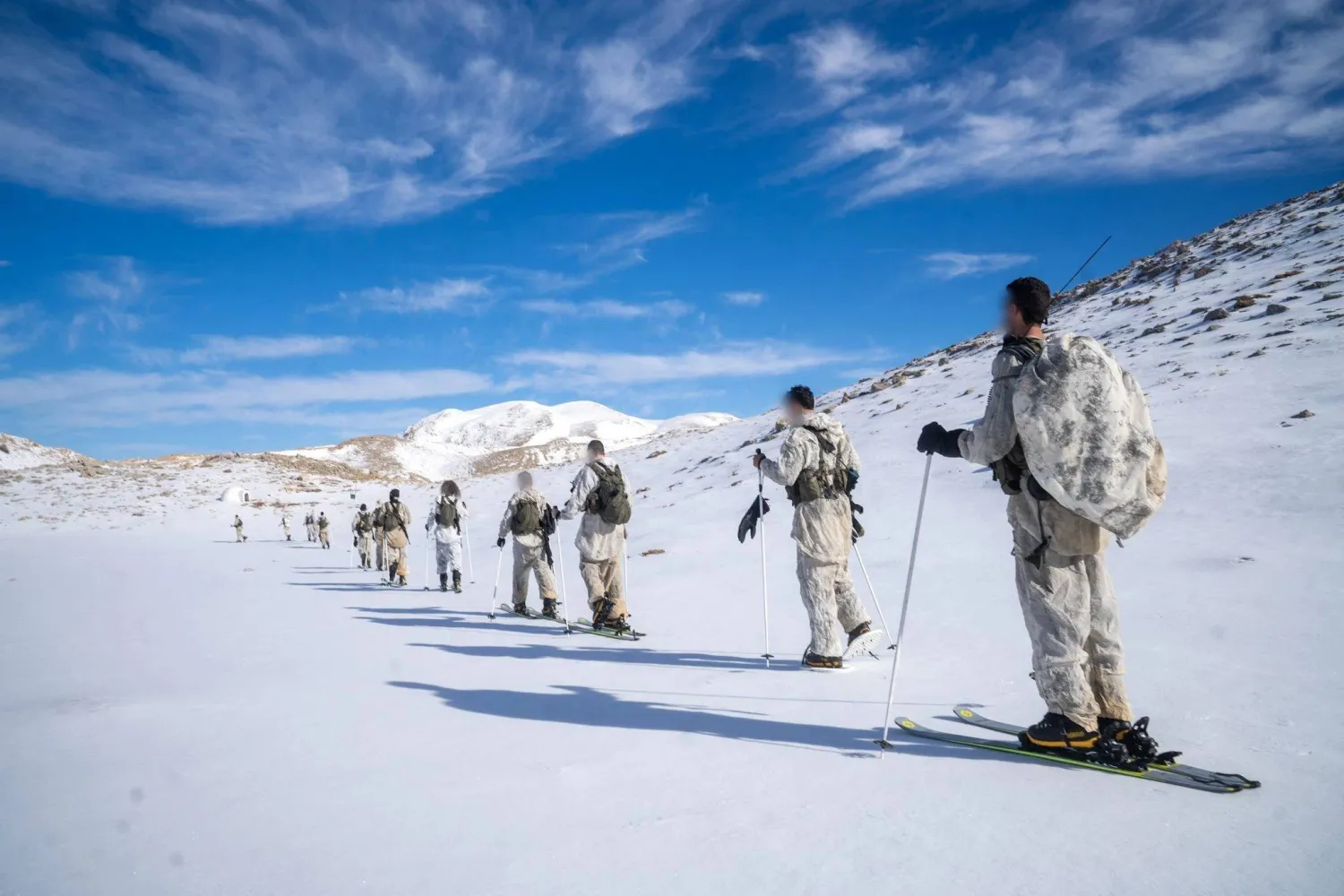The announcement of a conference to support the Lebanese Army, scheduled to be held in Paris on March 5, has gathered notable international momentum, bolstered by the backing of the so-called “Quintet” comprising Saudi Arabia, the United States, France, Egypt, and Qatar.
The conference is widely seen as part of a broader effort to strengthen the army’s ability to carry out its mandate, particularly enforcing the state’s exclusive control over weapons and dismantling Hezbollah’s military infrastructure.
The announcement came amid intensified Arab and international diplomatic engagement with Beirut, after Lebanon pledged last week to move to the second phase of its plan to confine weapons to official state institutions.
The government tasked the Lebanese Army with drafting an implementation plan by early February.
Lebanese ministerial sources following the issue told Asharq Al-Awsat that the diplomatic backing “has given the announcement strong momentum and significantly improved the conference’s prospects for success.”
Following a meeting at the presidential palace between President Joseph Aoun, Saudi Foreign Ministry adviser Prince Yazid bin Farhan, and French envoy and former foreign minister Jean-Yves Le Drian, and attended by several ambassadors, including that of the United States, presidential spokesperson Najat Charafeddine said the talks focused on preparations for a conference to support the Lebanese Army and Internal Security Forces.
She announced that the conference would be held in Paris on March 5 and opened by French President Emmanuel Macron, adding that participants agreed to step up contacts to ensure the widest possible participation.
In the run-up to the conference, meetings are expected between the Lebanese Army command and donor countries to assess needs and requirements. The sources noted that discussions in Baabda also addressed Lebanon’s plan to implement the arms monopoly. Representatives of countries supporting Lebanon urged authorities to accelerate the plan’s various stages.
Paris had previously hosted a meeting on December 18 attended by Army Commander Rodolphe Haykal and envoys from Saudi Arabia and the United States, focusing on ways to support the army and verify progress on the ground in dismantling Hezbollah’s weapons.
Since the government approved the arms-monopoly plan last August, Lebanon has received promises of an international support conference amid severe shortages in equipment, manpower, and technical capabilities.
Lebanon’s plan faces two principal obstacles: the limited capabilities of the Lebanese Army and Hezbollah’s refusal to relinquish its weapons.
While the Paris conference aims to address the army’s resource constraints, ministerial sources said Hezbollah’s rejection would not affect international support, stressing that assistance “is not conditional on the party’s cooperation,” though cooperation would increase donor enthusiasm.
According to official statements, the Baabda meeting was attended by the US ambassador, the ambassadors of Saudi Arabia, Egypt, Qatar, and France, as well as a Qatari assistant foreign minister.
Le Drian later met Prime Minister Nawaf Salam to brief him on preparations for the Paris conference and reaffirm France’s support for financial reform legislation and the restoration of deposits.
He also met Speaker of Parliament Nabih Berri, who praised French and international efforts to support Lebanon and its army, reaffirmed Lebanon’s commitment to Resolution 1701, and warned against continued Israeli violations of Lebanese sovereignty and the ongoing occupation of parts of southern Lebanon.









